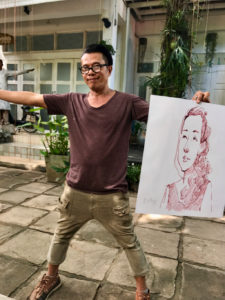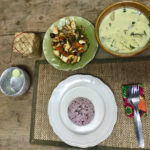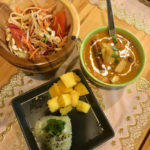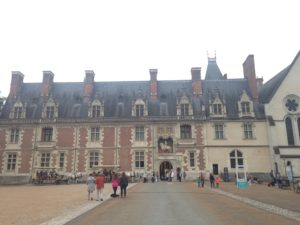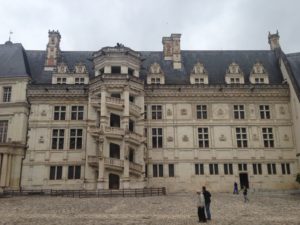

Before Spain existed with the borders that we know today, Catalunya was a nation that controlled mediterranean coast of the Iberian peninsula from southern France to Alicante, along with parts of northern Africa, the balearic islands, and even corsica and sardana. They spoke their own language, also a derivation of latin, had their own history a greek and roman colonies and ports, and were a key force in driving the moors from the Iberian peninsula in the reconquest of Spain. However when King Ferdinand of Aragon married Queen Isabella of Castile in 1492 and sieged the final moorish stronghold in Granada, a new conception of a united Spain led the nation on its course to its modern state. Brimming throughout the 500 years since the uniting of Spain, has been ganas to obtain sovereignty for Catalunya. As the different regions of Spain have varying cultures, distinct histories, and unique languages, for many living in Catalunya and Barcelona, centralized power in Madrid is frustrating in that it is unable to meet the specific and often competing needs of different areas of the country.
As you walk the streets of Barcelona, the balconies above proudly displays flags were similar to that of the catalan region, however in addition to the red and yellow stripes, they boast a blue triangle and a white star. This flag is the symbol of the movement for independence of Catalunya. Modeled after the flag of Cuba after their separation from Spain, the flag is a symbol of solidarity with other provinces and nations that were at one time conquered by Castile.
The Catalan people are very proud have refuse to relinquish any part of their culture or language. Classes in public schools are taught in Catalan, with Spanish taught as a separate subject. Those born and raised in Catalunya are bilingual in Catalan and Spanish from a young age. In Catalonya, Catalan in the language of business. I had the opportunity to attend a reception for an association of lawyers who were looking to transform the leadership within their association and at this reception all of the keynote speakers spoke in catalan as well as the majority of conversation within the lawyers
To gain more insight into this tense, sensitive political issue that is steeped in culture and history I spoke to a family friend and my host mother who would be comfortable sharing their opinions with me, one who was opposed to independence while the other was strongly in favor.
My family friend from Barcelona, Mari Carmen, who has grown up and lived in the city her whole life, believed the idea of independence to be rash. While she understands the cultural frustrations she believes that Catalunya is too integrated into the economic and political systems of Spain to successfully secede from the nation. While she understands the cultural pride and economic frustration of some, she views those who want independence as a bit radical.
My host mother, Montse, holds the opposite view of Mari Carmen. She proudly flies the Catalan flag of independence from her balcony and participates in yearly demonstration of Catalan pride every September 11. Montse was always eager to answer any of my questions about the issues and it was very obvious that her opinions have been strongly formed by her deep family history rooted in the same neighborhood of Barcelona for generations. Montse explained to me that the issue of sovereignty for Catalunya is a political conflict, not a conflict with the people from any other region of Spain. While cultural pride drives the movement, the main issue to her and many other Catalan people is the federal tax system that takes their locally earned money and redistributes it to Southern provinces of Spain that have a stereotype of a cultural laziness.
Come October of 2017, Catalunya hopes to hold a referendum to gage the opinion of the Catalan people. However the central government in Spain is making efforts to stall or eliminate the vote.
After spending many weeks here in Catalunya and comparing their cultural heritage to that of other regions of Spain, it is very obvious to me how unique Catalunya is within the Iberian Peninsula. For videos that display the pride of the Catalan people and their yearly demonstrations for independence check out this link: https://www.youtube.com/watch?v=iffJ1TgljE0
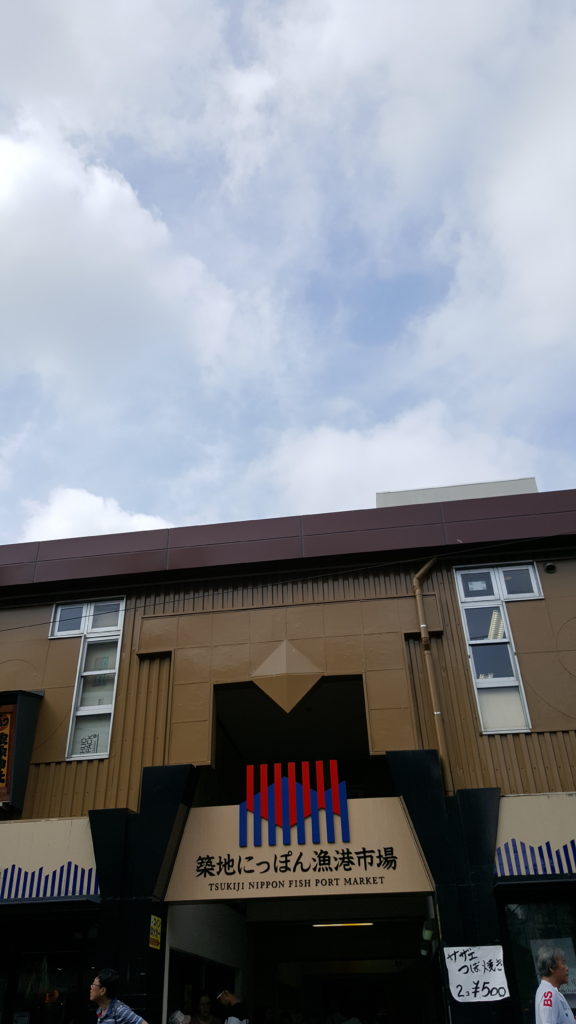
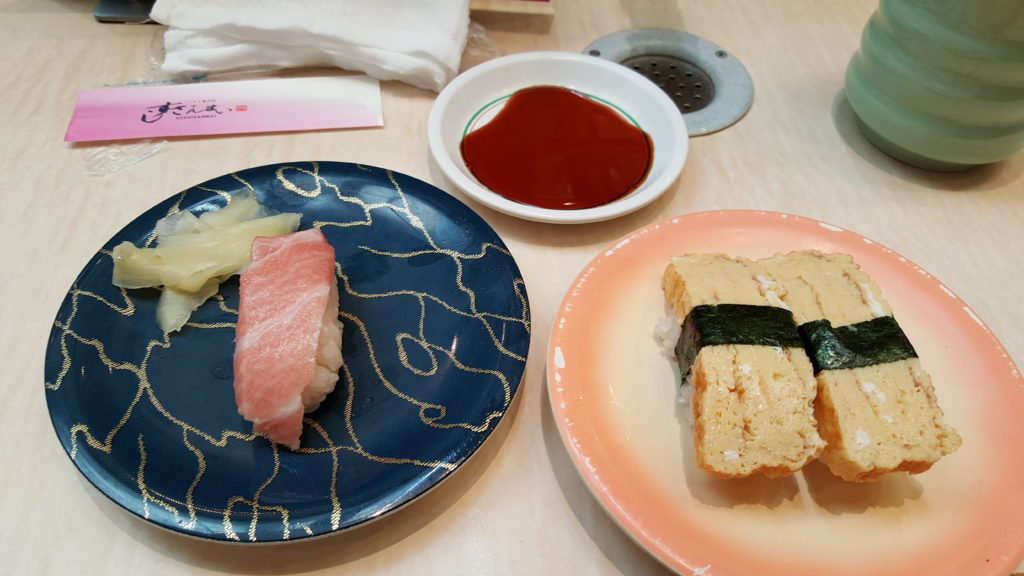
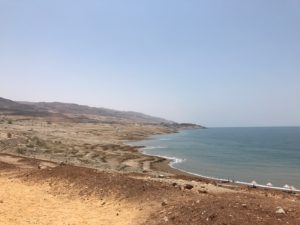 up going to the Dead Sea with him! I know this sounds sketchy, but being a foreigner, it’s very common to have people approach you and want to become your friend since you speak English! Besides, how often can you go to the Dead Sea in your life? I guess as many times until you’re…. DEAD. Okay, that was bad.
up going to the Dead Sea with him! I know this sounds sketchy, but being a foreigner, it’s very common to have people approach you and want to become your friend since you speak English! Besides, how often can you go to the Dead Sea in your life? I guess as many times until you’re…. DEAD. Okay, that was bad.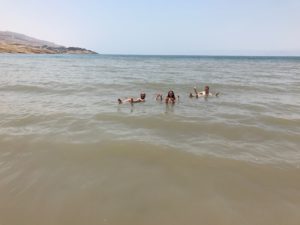
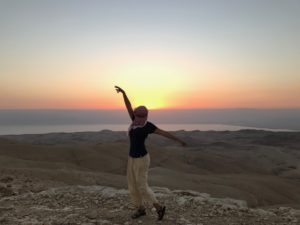
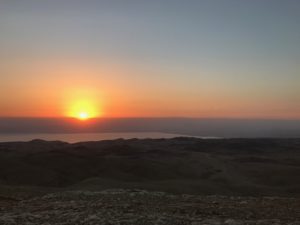


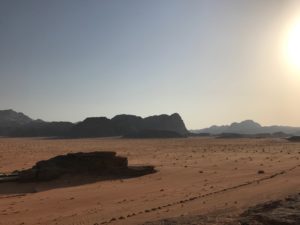
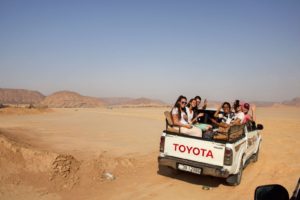
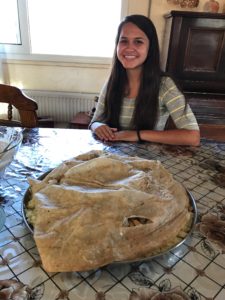
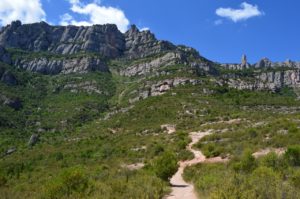
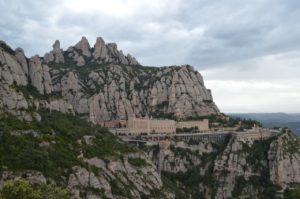
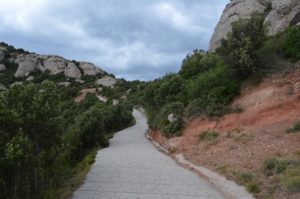

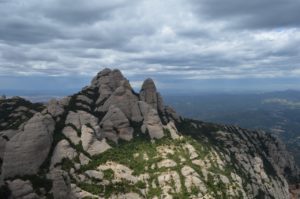
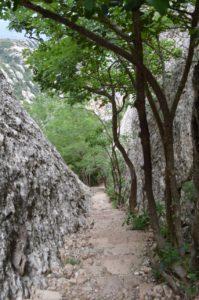
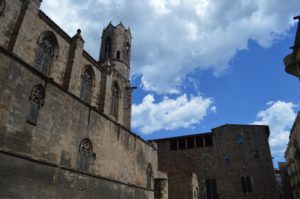
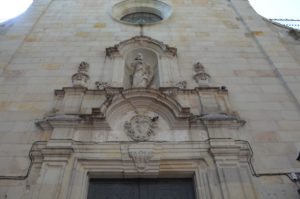 In the labyrinth, stone-paved streets of
In the labyrinth, stone-paved streets of 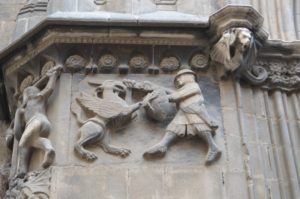 Nicolas, the small hidden church in which Antoni Gaudi prayed every day. You can find an archive housing letters from Christopher Columbus to Queen Isabell and King Ferdinand as he undertook his journey to the New World. You can find the lesser known Fredric Mares Museum, home to over 3,000 works of sculpture from all periods in human history.
Nicolas, the small hidden church in which Antoni Gaudi prayed every day. You can find an archive housing letters from Christopher Columbus to Queen Isabell and King Ferdinand as he undertook his journey to the New World. You can find the lesser known Fredric Mares Museum, home to over 3,000 works of sculpture from all periods in human history.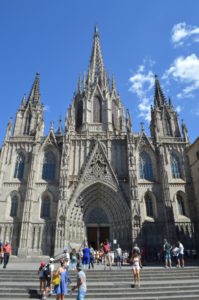 Although named
Although named 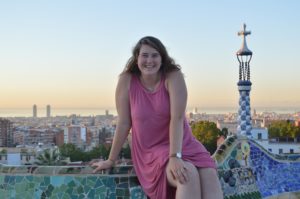

 For example, I was unsure about social etiquette regarding monks. I visited many temples and regularly encountered monks. I had read that females are forbidden to initiate contact with monks. I made friends with an older Thai woman who introduced me to 6 young monks. They were all learning English and were eager to speak with me, but very shy. I was very nervous to talk with them too, and also to say things incorrectly, or disrespectfully in Thai. I soon realized that we were sharing the same fears. It was a great experience to exchange words and ideas with them. It simply required a courageous act to get it going. (I am now friends with a monk on the Line app!)
For example, I was unsure about social etiquette regarding monks. I visited many temples and regularly encountered monks. I had read that females are forbidden to initiate contact with monks. I made friends with an older Thai woman who introduced me to 6 young monks. They were all learning English and were eager to speak with me, but very shy. I was very nervous to talk with them too, and also to say things incorrectly, or disrespectfully in Thai. I soon realized that we were sharing the same fears. It was a great experience to exchange words and ideas with them. It simply required a courageous act to get it going. (I am now friends with a monk on the Line app!) 